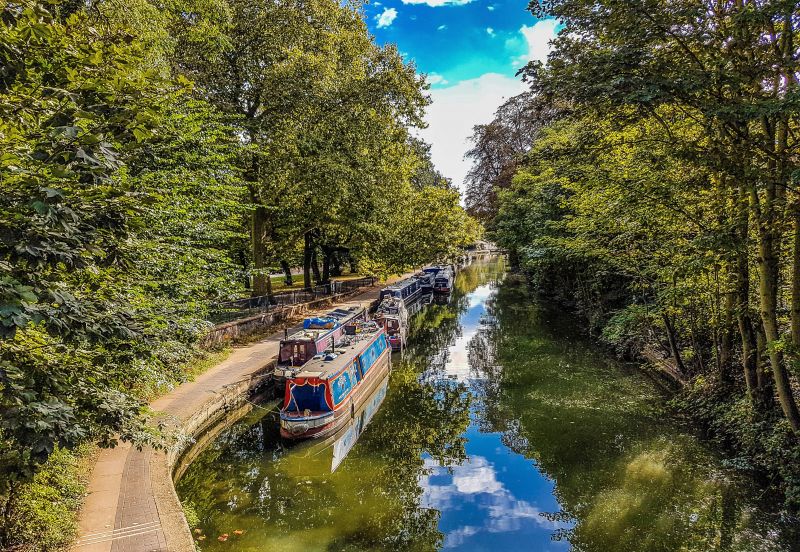Eco-friendly Composting Toilets Already Bring Relief to Big Cities
Published on by Water Network Research, Official research team of The Water Network in Technology
Every day in central London, around 5,000 people manage without access to basic amenities such as piped water, sewerage or electricity.
 With no access to the central sewage system, boaters (the people who call the city’s network of canals and waterways home) face a question which London’s other residents need never contemplate: what to do with their poo. One option is to use a “pump out” toilet, which stores waste in holding tanks until it can be pumped out into specific sewerage facilities. Otherwise, boaters can use a “cassette” type toilet, which temporarily stores waste in smaller, portable containers.
With no access to the central sewage system, boaters (the people who call the city’s network of canals and waterways home) face a question which London’s other residents need never contemplate: what to do with their poo. One option is to use a “pump out” toilet, which stores waste in holding tanks until it can be pumped out into specific sewerage facilities. Otherwise, boaters can use a “cassette” type toilet, which temporarily stores waste in smaller, portable containers.
These containers can then be taken and emptied manually at Elsan facilities along the canal. This isn’t always an easy task: some boaters report having to ride public transport carrying full toilet containers, in order to reach a functioning facility. And the prospect of waste dumping is a serious environmental and public health concern.
A growing number of boaters have been switching to “composting toilets”, whereby urine and poo are separated and transformed into compost. As yet, there’s no formal service to collect and treat the waste – although there are plans for a pilot service as part of a start-up green waste collective. This means the storage, treatment and disposal or reuse of the poo is managed entirely by the boater.
Composting toilets resemble EcoSan sanitation systems, which are designed to recycle the waste materials. EcoSan is currently being implemented in small scale urban pilots in the Philippines, Haiti, India and Kenya as a cost effective alternative to water-based sewage infrastructure. But some think the technology is outdated, or only relevant in rural areas where the compost can be used on the land.
Beyond these schemes, there are few examples of alternative sanitation systems working at scale in cities – aside from London, that is.
Practically speaking, lower costs and the ability to store and dispose of the waste themselves encouraged many boaters to make the switch. The main challenges of using compost toilets are occasional blockages of the urine diversion system, and spillages when emptying the toilet.
Having certain design features, such as anti-microbial coatings, and learning how to use and manage the toilet properly both helped to minimise accidents. Remembering to cover composting waste with wood shavings or coconut coir is essential to keep odours at bay, and to ensure the poo can eventually be used as a compost material.
Because of the lack of a specialised collection service, some boaters keep their compost on board the vessel, while others “bag and bin” their poo, double sealing it in a plastic bag and disposing of it in municipal waste bins. Although boaters recognised the latter option was less environmentally friendly, they still preferred it to their experiences with chemical cassette and pump-out toilets.
Source: The Conversation
Attached link
http://www.youtube.com/embed/8NSMwt78XcIMedia
Taxonomy
- Composting Toilet
- Sanitation
- Sustainable Sanitation
- Water & Sanitation
- Waterless Sanitation
- Sanitation & Hygiene
- Sanitation & Hygiene
- Infrastructure
- Water sanitation